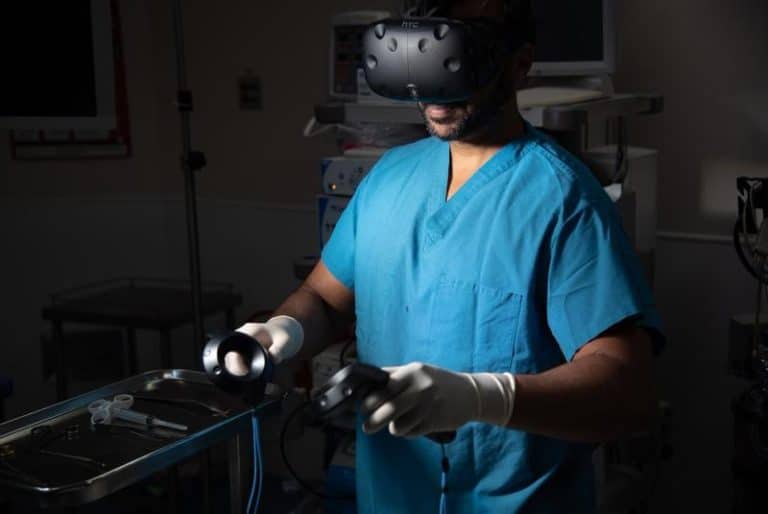Ablative Laser Resurfacing Costs: What to Expect for Your Treatments
Ablative laser resurfacing has gained popularity among lasers dermatologists for its effectiveness in treating acne scars and promoting new collagen on the surface of the skin. This treatment, including laser peel, fractional laser treatments, photo rejuvenation, and texture laser treatments, can significantly reduce wrinkles, scars, and uneven skin tone. However, many wonder about the ablative laser resurfacing cost for skin treatments and skin care procedures before making a decision regarding their skin concerns and skin tightening. Understanding this cost, including laser skin resurfacing procedure costs, is crucial as it varies based on factors like location, age, the expertise of the provider, laser energy, and the specific technology used in laser skin treatments.
Historically, laser treatments for skin resurfacing were limited to clinics in urban areas, but now they are accessible to many at an average cost. Patients seek laser skin resurfacing for its long-lasting results and minimal downtime as they age. Knowing the financial aspect helps in planning effectively for this transformative experience, including laser skin resurfacing at any age.
Understanding Ablative Laser Resurfacing
How Ablative Laser Resurfacing Works
Ablative laser resurfacing removes the outer layers of skin. This process helps promote new skin growth. High-intensity light beams target damaged skin precisely. The procedure can treat various skin issues related to age, including wrinkles and scars.
Recovery typically takes about two weeks. Patients may experience redness and swelling after treatment. Post-treatment care is crucial for optimal results. Following a plastic surgeon’s advice during recovery, especially regarding laser skin resurfacing and age, ensures better healing.
Types of Ablative Laser Treatments
CO2 Laser Treatment
CO2 laser treatment is one of the most effective types of ablative laser resurfacing. It uses carbon dioxide lasers to vaporize the outer layer of skin. This method effectively treats deep wrinkles, scars, and severe skin issues.
The price range for CO2 laser skin resurfacing treatment varies widely. Costs typically range from $2,446 to $6,700. Many factors influence the price of laser skin resurfacing, including the surgeon’s experience and location. Patients often see significant improvements in their skin texture and appearance after this treatment.
Erbium Laser Treatment
Erbium laser treatment offers a less invasive option for skin resurfacing compared to CO2 lasers. It targets the upper layers of skin with precision. This treatment is often used for fine lines and moderate skin issues.
The recovery time for Erbium laser skin resurfacing treatment is shorter than that of CO2 lasers. Patients usually heal within one week. There is a generally lower risk of side effects with this method of laser skin resurfacing.
Both treatments serve different needs based on individual skin conditions. Consulting a qualified plastic surgeon helps determine the best option for laser skin resurfacing.
Ablative vs. Non-Ablative Treatments
Differences in Procedures
Ablative treatments use lasers like CO2 and Erbium. CO2 lasers are more invasive. They penetrate deeper into the skin layers, promoting significant healing. Recovery time is longer, often taking weeks. Patients may experience redness and peeling.
Erbium lasers are less invasive. They target the outer skin layers with minimal damage to surrounding tissue. This results in a quicker recovery from laser skin resurfacing, usually just a few days. Each type of laser treats different skin conditions effectively. CO2 lasers excel at reducing wrinkles and scars. Erbium lasers work well for sun damage and fine lines.
Comparing Costs and Value
Ablative treatments average around $2,509 per session. Non-ablative options cost about $1,445 on average. While non-ablative treatments like laser skin resurfacing are cheaper, they may require more sessions for similar results.
Investing in ablative treatments like laser skin resurfacing can lead to long-term benefits. Patients often notice improvements that last several years. The value lies not just in immediate results but also in lasting changes to skin texture and tone.

Choosing between these options involves considering both cost and expected outcomes, including laser skin treatments. A higher initial investment can yield better results over time. Patients should consult with dermatologists to assess their specific needs and goals.
Factors Affecting Ablative Laser Resurfacing Cost
Treatment Type and Complexity
The complexity of the skin issue plays a significant role in determining the right laser treatment. Different skin conditions require different types of lasers. For example, deeper scars or extensive sun damage may need more advanced treatments. These complex cases often require multiple sessions to achieve desired results. Each session adds to the total cost.
Practitioner’s expertise is crucial here. An experienced practitioner can assess the skin condition accurately and recommend the best treatment plan. Their skill level often influences the overall price. More skilled professionals may charge higher fees due to their experience and success rates.
Geographical Location
Treatment costs can vary significantly depending on where you live. Urban areas typically have higher living costs, which translates to higher prices for laser skin resurfacing procedures. For instance, clinics in cities like New York or Los Angeles may charge more compared to those in smaller towns.
Researching local clinics is essential. Prices can differ widely from one clinic to another, even within the same city. Comparing prices helps find a balance between quality and affordability. Understanding geographical factors can save money while ensuring effective treatment.
Additional Expenses and Recovery Care
Several additional expenses come with ablative laser resurfacing. Consultation fees are common before any procedure begins. Anesthesia may also be necessary, adding to overall costs. Follow-up visits are important for monitoring recovery, and they can add extra charges.
Post-treatment care products should not be overlooked either. Patients often need specialized creams or ointments to aid healing. Moreover, downtime from work should be considered when budgeting for treatment. Some people might need several days off after the procedure, impacting their income.
Budgeting for these additional costs is critical when planning for treatment. Knowing all potential expenses ensures there are no surprises later on. It’s essential to factor in everything from initial consultations to recovery care products.
Insurance Coverage and Financing Options
Does Insurance Cover Ablative Resurfacing?
Most health insurance plans do not cover cosmetic procedures. Ablative laser resurfacing falls into this category. Many people seek this treatment for aesthetic reasons, so insurers typically classify it as elective. However, some exceptions exist. If the procedure is deemed medically necessary, such as for scar removal or to treat certain skin conditions, coverage may be possible.
Consulting your insurance provider is crucial. They can provide specific details about your plan’s coverage. Ask them if ablative resurfacing qualifies under any medical necessity criteria. Keep in mind that even if a procedure is covered, there might be limitations on the number of sessions or specific conditions that must be met.
Available Financing Options
Many clinics offer financing plans to help with costs. These plans make it easier to manage the expense of treatments like ablative laser resurfacing. Patients can often choose from various options that suit their financial situation.
Using a CareCredit credit card is another option. This medical credit card allows patients to pay for procedures over time. CareCredit offers promotional financing, which can be beneficial for those who need immediate treatment but want to spread out payments.
Understanding the terms is essential when considering these options. Interest rates can vary significantly between financing plans. Some may have high-interest rates after an introductory period ends. Others might offer no interest if paid off within a certain timeframe.
Review the repayment terms carefully before committing to any plan. Make sure you can comfortably afford the monthly payments without straining your budget.
In summary, while most health insurance does not cover ablative laser resurfacing, some circumstances may allow for coverage if deemed medically necessary. Patients should check with their insurance providers for detailed information on their specific plans.
Financing options are widely available through clinics and medical credit cards like CareCredit. These options can ease the burden of upfront costs but require careful consideration of interest rates and repayment terms.
Final Remarks
Ablative laser resurfacing can be a game-changer for your skin. Understanding the costs involved is crucial. Factors like treatment type, location, and insurance coverage all play a role in what you’ll pay. Knowing these details helps you budget effectively and make informed decisions.
Explore financing options if upfront costs seem daunting. Your skin deserves the best care, and with the right knowledge, you can achieve amazing results without breaking the bank. Don’t hesitate to reach out to professionals for personalized advice. Take the first step toward rejuvenating your skin today!
Frequently Asked Questions
What is ablative laser resurfacing?
Ablative laser resurfacing is a cosmetic procedure that removes the outer layers of skin to improve texture and reduce wrinkles. It promotes collagen production, leading to smoother, younger-looking skin.
How much does ablative laser resurfacing cost?
The cost of ablative laser resurfacing typically ranges from $2,000 to $4,000 per session. Prices vary based on location, provider experience, and the specific treatment area.
Is ablative laser resurfacing painful?
Patients may experience discomfort during the procedure, often described as a mild burning sensation. Anesthesia or numbing creams are usually applied to minimize pain.
How long is the recovery time?
Recovery time varies but generally lasts about one to two weeks. During this period, redness and swelling are common as the skin heals.
Are results permanent?
While results can be long-lasting, they aren’t permanent. Factors like sun exposure and aging can affect skin quality over time. Regular maintenance treatments may be necessary.
Does insurance cover ablative laser resurfacing?
Most insurance plans do not cover ablative laser resurfacing since it is considered a cosmetic procedure. However, some financing options may be available through clinics.
Can I combine treatments with ablative laser resurfacing?
Yes, many patients combine ablative laser resurfacing with other treatments for enhanced results. Consult your dermatologist to create a personalized treatment plan that suits your needs.






